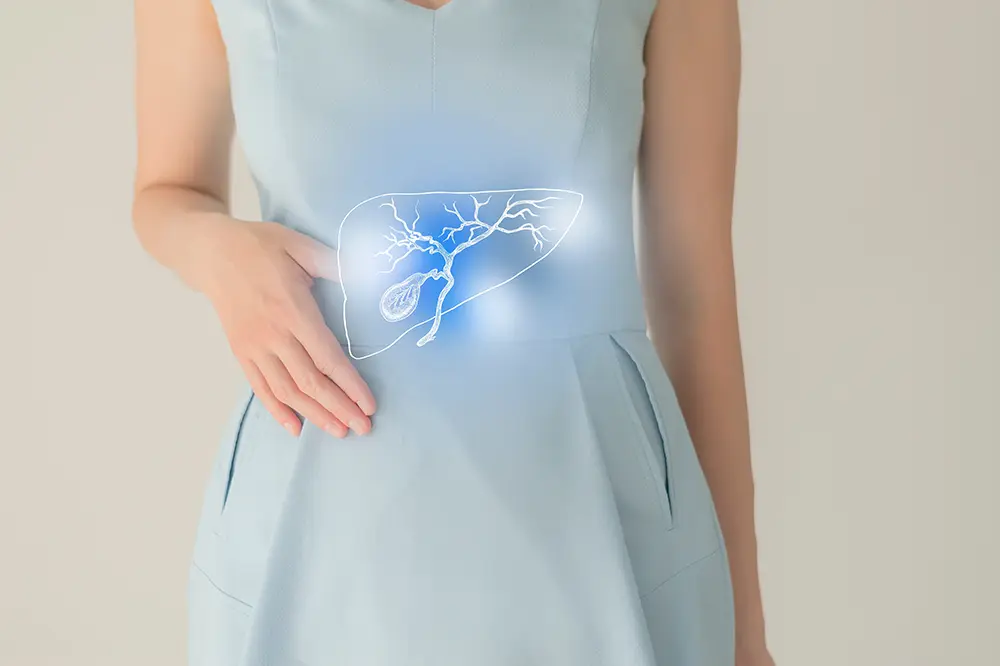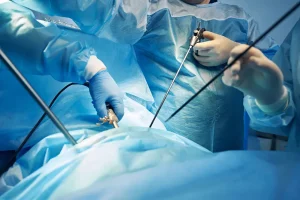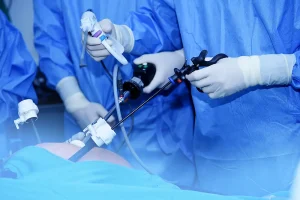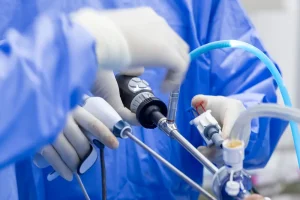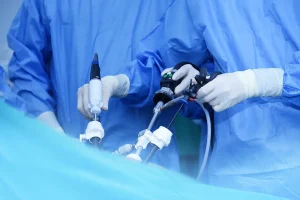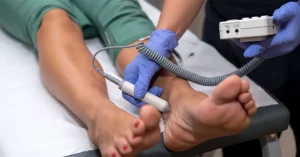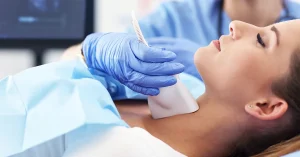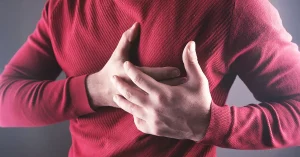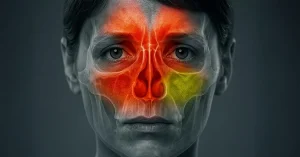What Is the Gallbladder?
The gallbladder, incorrectly referred to as the bile duct or simply “bile,” is an organ located in the right hypochondrium, under the liver, attached to its visceral surface.
Cholecystectomy is the surgical procedure performed to remove the gallbladder. It is the most common surgery worldwide.
Where Is the Gallbladder Located?
The gallbladder is located in the gallbladder fossa on the lower surface of the liver. It is specific to vertebrates. It connects to the liver, from which it receives bile, and to the duodenum, where it releases bile.
What Are the Diseases of the Gallbladder?
The main diseases of the gallbladder include:
- Inflammatory conditions (acute or chronic cholecystitis)
- Gallstones (cholelithiasis)
- Biliary dyskinesia (sluggish gallbladder)
Gallbladder Symptoms
It is only a short step from simple colic to an acute attack of cholecystitis. The symptoms are similar, but the pain does not subside.
As bile relaxes, pain radiates around the belly button and sometimes to the left side, also alerting the pancreas. Fever may appear, often accompanied by chills and a pale complexion, sometimes progressing to jaundice. In such cases, medical attention is required immediately.
Elderly patients with chills must be taken to the hospital without delay. Nausea and vomiting are common. Persistent vomiting suggests that a gallstone is “moving” freely.
If the liver area becomes hard and tender to touch, this may signal biliary peritonitis.
It is important to note that acute cholecystitis can be mistaken for:
- Pancreatitis
- Perforated ulcer
- Acute appendicitis
- Pyelonephritis
- Myocardial infarction
- Basal pneumonia
Can You Live Without a Gallbladder (Cholecyst)?
Yes. The gallbladder is not a vital organ. Life without a gallbladder is completely normal, and lifestyle does not change significantly.
After cholecystectomy, bile is continuously released into the small intestine. This may initially cause bloating or changes in bowel movements, which usually disappear within 2–3 weeks as the body adapts.
Who Is Gallbladder Surgery Intended For?
- Patients with symptomatic gallstones (at least one attack of biliary colic)
- Patients with biliary dyskinesia (sluggish gallbladder)
- Patients with acute or chronic cholecystitis
- Patients with complications related to the above conditions
There is no universal agreement regarding patients with asymptomatic gallstones. Some international guidelines recommend monitoring and surgery only after symptoms appear, while others recommend preventive cholecystectomy.
Types of Surgical Treatment for the Gallbladder
Laparoscopic Method
This is the gold standard for treating gallbladder disease. The procedure involves four small incisions (two of 10 mm and two of 5 mm) through which surgical instruments are introduced.
It can be performed on an outpatient basis, with same-day discharge, or the following day.
Classical Method
This approach requires an incision of about 10–15 cm in the right upper abdomen.
It is reserved for cases where laparoscopic cholecystectomy is not possible due to:
- Extensive abdominal adhesions
- Altered gallbladder anatomy (shape, size, etc.)
Hospitalization and recovery usually last 3–4 days.
Surgical Complications
Although the risks are relatively low, complications may include:
- Postoperative bleeding
- Complications from general anesthesia
- Infections
- Embolisms
- Lesions of the main bile ducts
- Venous thrombosis
Patients should never attempt self-treatment for biliary colic, even if symptoms are familiar.
Avoid:
- Fatty foods
- Fried foods
- Heavy sauces
- Chocolate
- Excessive alcohol
In some cases, emergency surgery may be necessary. Schedule a consultation and see how we can help.
Recommended article: Hemorrhoidal Disease – Causes, Prevention, Complications, Treatment

